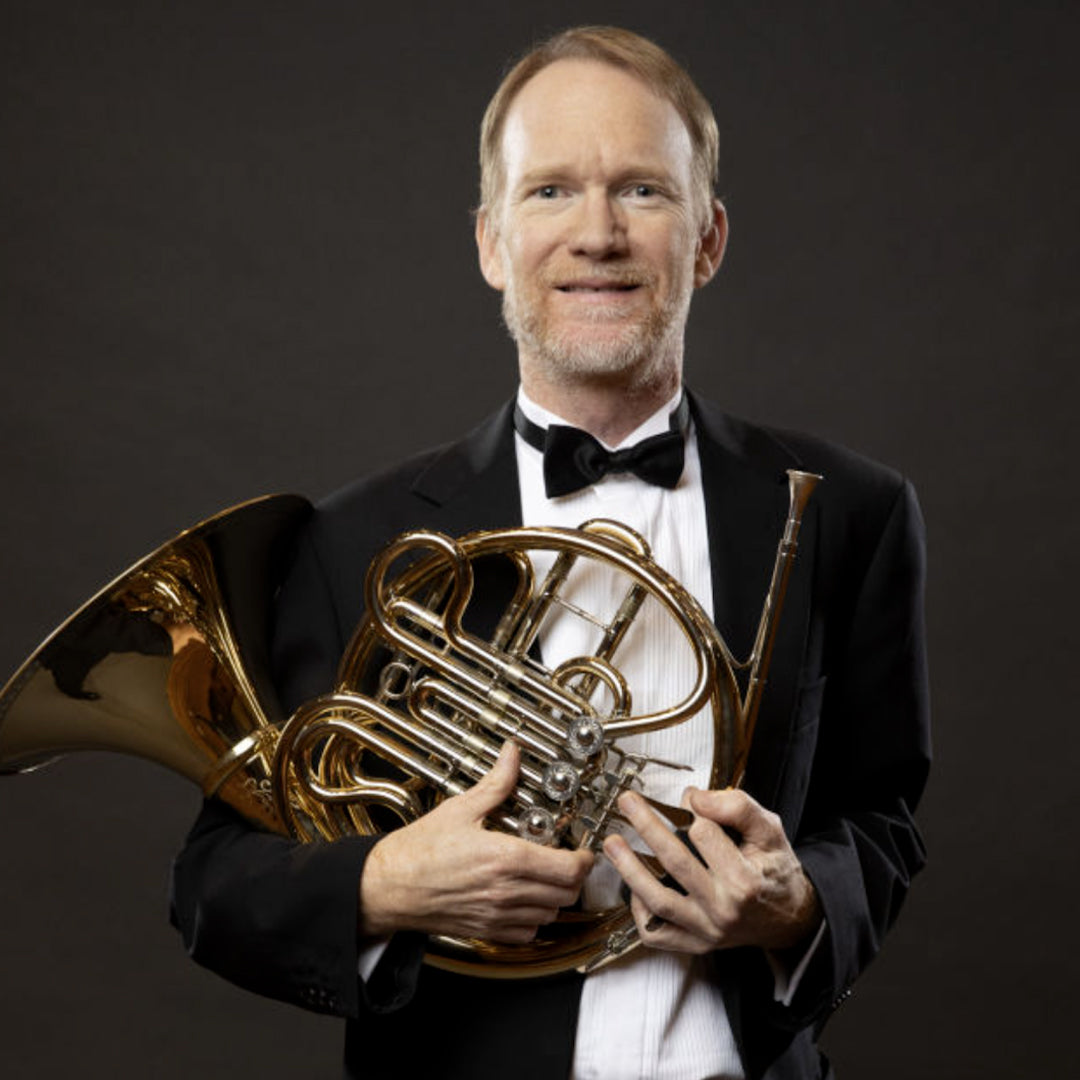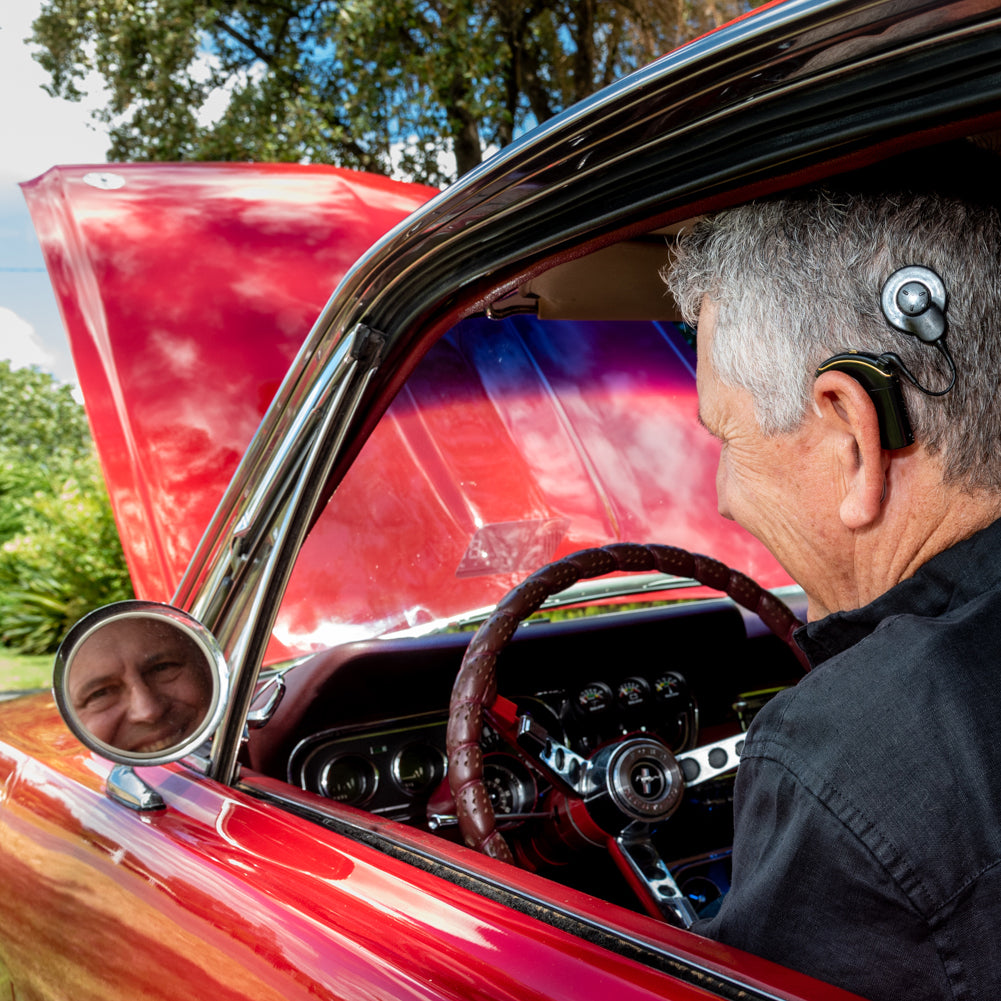The impact of acquired hearing loss can be devastating, particularly to those who use their ears for a living.
As an audiologist specialising in the hearing health of musicians, I’m pleased to say that I see more and more musos who are looking for ways to protect their ears. Unfortunately I also see a lot who have suffered some kind of hearing injury - whether over many years or due to trauma of some kind. The vast majority of these mostly avoidable injuries have resulted in a harrowing journey for those afflicted, whether they are dealing with hypersensitivity, tinnitus, loss of aural acuity or the many other maladies that hearing injury can cause. For professional musicians these struggles are even more pronounced as they are a daily challenge directly impacting their livelihood.
I’ve been involved with symphony orchestras for many years - both as an audiologist and a practicing musician - spreading the word of hearing safety by educating musicians and their management teams on why a hearing conservation program doesn’t mean a compromise to the great art being made by these amazing institutions. In fact, it is my strong belief that a well implemented and maintained hearing conservation strategy not only protects the players’ hearing, but is artistically beneficial to the orchestra.
In addition to hearing conservation programs, technology is improving year-on-year and things like musician’s earplugs, in-ear monitors and acoustic screens are now commonplace. If you go to the symphony, opera or ballet - especially in Australia - you will see first-hand how musicians have incorporated hearing protection into their performances. You will also hear with your own ears that the orchestras are simply sounding better and better - in my opinion the artistic standard has never been higher.
It is my fervent hope that more musicians visit my clinic looking to protect their ears rather than searching for a solution to a hearing injury. The enormous amount of work done by orchestras, tertiary institutions, audiologists and technology innovators in this field in the last ten to fifteen years means we can be confident things will only improve.
More broadly - thanks to the brilliant work of groups such as The World Health Organisation - the message of healthy hearing is being heard more clearly than ever before. New technology, including smart phone apps, headphones and earbuds typically carry warnings, settings and tools that allow users to both protect and monitor their hearing.
Obviously there is always more work to be done to keep risks front-of-mind and to reach at-risk populations. The message is a simple one and I think best summed up by an off-the-cuff quote from the late, great Jimi Hendrix:
“Watch out for your ears”.
—
Dr Ian O’Brien
PhD MAudSA(CCP) MPhil BMus(hons)



